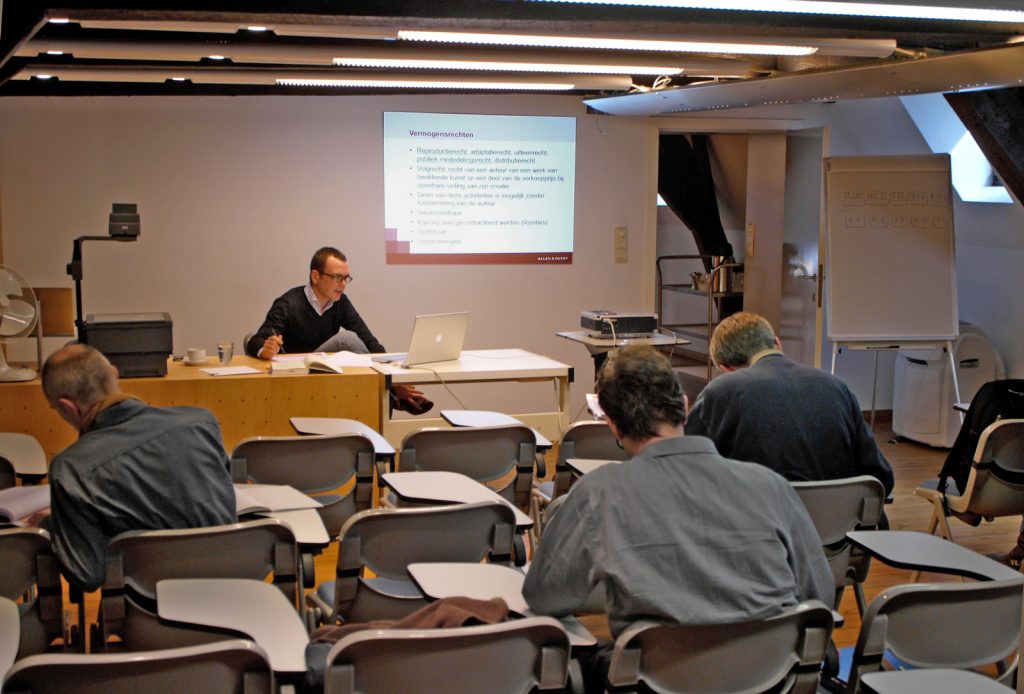After World War II, publisher Albert Pelckmans noticed a discrepancy between the aesthetic quality and technical possibilities of Flemish printing. Driven by the desire to close this gap, he founded the Plantin Genootschap in 1951. As its objective, he formulated: ‘by organising courses, lectures and exhibitions, the Plantin Genootschap wants to actually improve the typographical quality of Belgian printed matter’. With the help of friends and colleagues, including Herman Bouchery, then curator of the Museum Plantin-Moretus/Prentenkabinet, Pelckmans assembled a distinguished board. The efforts of the board members ensured that only the best teachers were appointed to guarantee the quality of teaching.
From 1951 to 1974, the Plantin Society served as a beacon of knowledge and skill, training more than 300 students. The society paid attention not only to technical skills but also to the aesthetic aspect of typography, making design seen not only as a technique but also as an art.
After a period of stagnation in the 1970s due to the technical revolution in printing techniques and financial challenges, the institute gained new life in the late 1980s and 1990s. This was partly fuelled by a renewed interest in specialised knowledge, in response to the breakthrough of new techniques such as desktop publishing. Around the 400th anniversary of Christopher Plantin’s death in 1989, the Museum Plantin-Moretus received extra public attention, contributing to the revival of the Plantin Genootschap [Plantin Society]. Under the leadership of Carl De Schutter, efforts were made to relaunch the Society with the aim of promoting the quality and aesthetics of printed matter and restoring links with the rich tradition of typography in the Southern Netherlands.
Important steps were taken to restart classes, with a focus on high-quality teachers and the development of an auditorium in the Museum Plantin-Moretus, which was inaugurated in 1998. This space enabled the Institute to further expand its activities. The Institute worked closely with the Museum, creating a symbiosis which was of great value to both the world of education and that of museums.
In 2009, the Louis Van den Eede Library was established. This was an important milestone with a view to enriching academic and practical resources for students and devotees of typography. This positive evolution continued with the introduction of specialised courses, such as the Expert Class Type Design in 2010 and Book Design in 2011. The name change to Plantin Institute of Typography in January 2011 made it clear to the general public where our focus lies.
From 2018, the Institute took a decisive step towards internationalisation. That was the year when the Association Typographique Internationale (ATypI) held its conference in Antwerp. This event emphasised the international relevance and prestige of the Institute within the international typographic community.
Since the COVID pandemic, the Plantin Institute of Typography also offers online classes. This allows the Institute to continue providing high-quality education worldwide, regardless of physical limitations.

Vrijdagmarkt 22
2000 Antwerp
Belgium
Om de beste ervaringen te bieden, gebruiken wij technologieën zoals cookies om informatie over je apparaat op te slaan en/of te raadplegen.